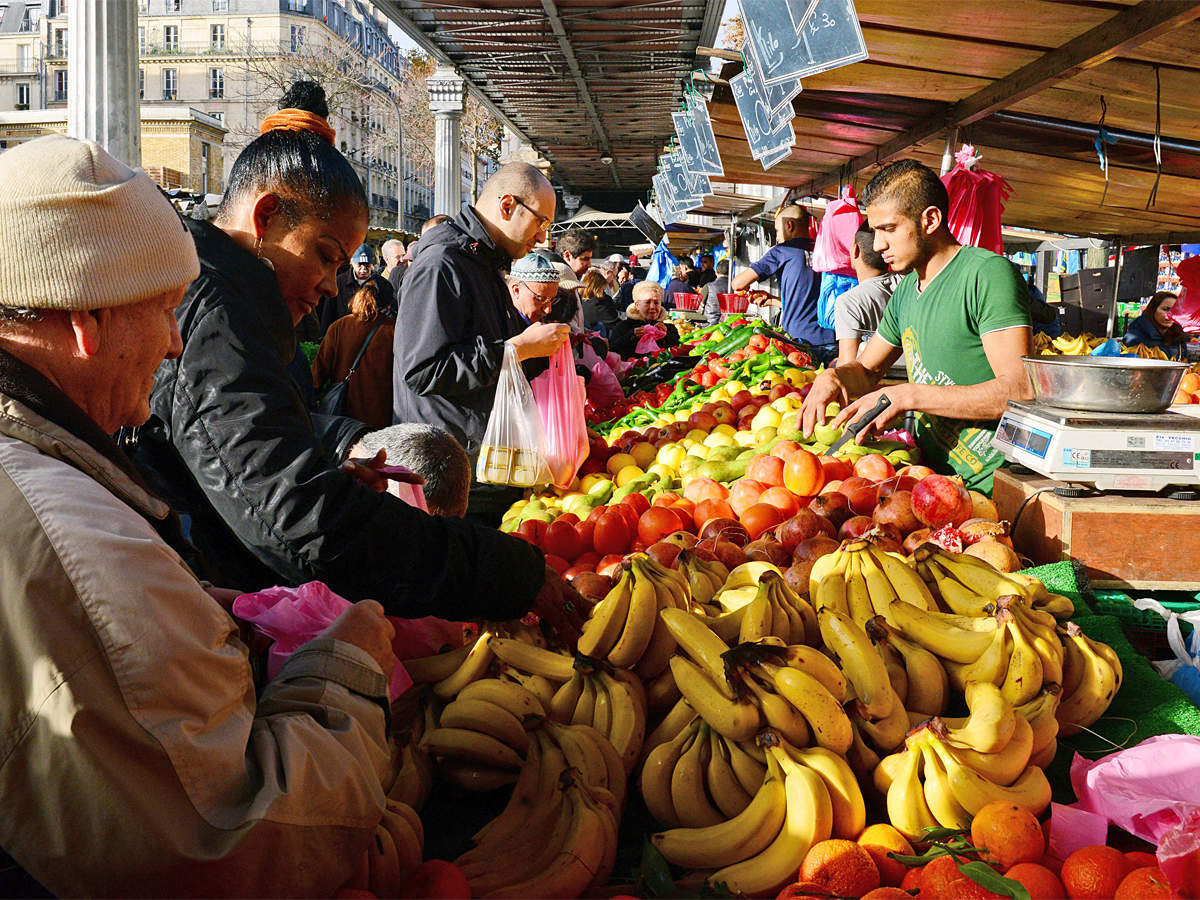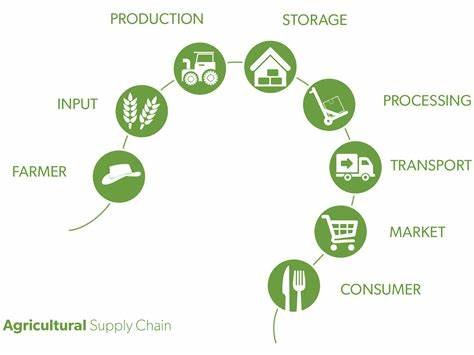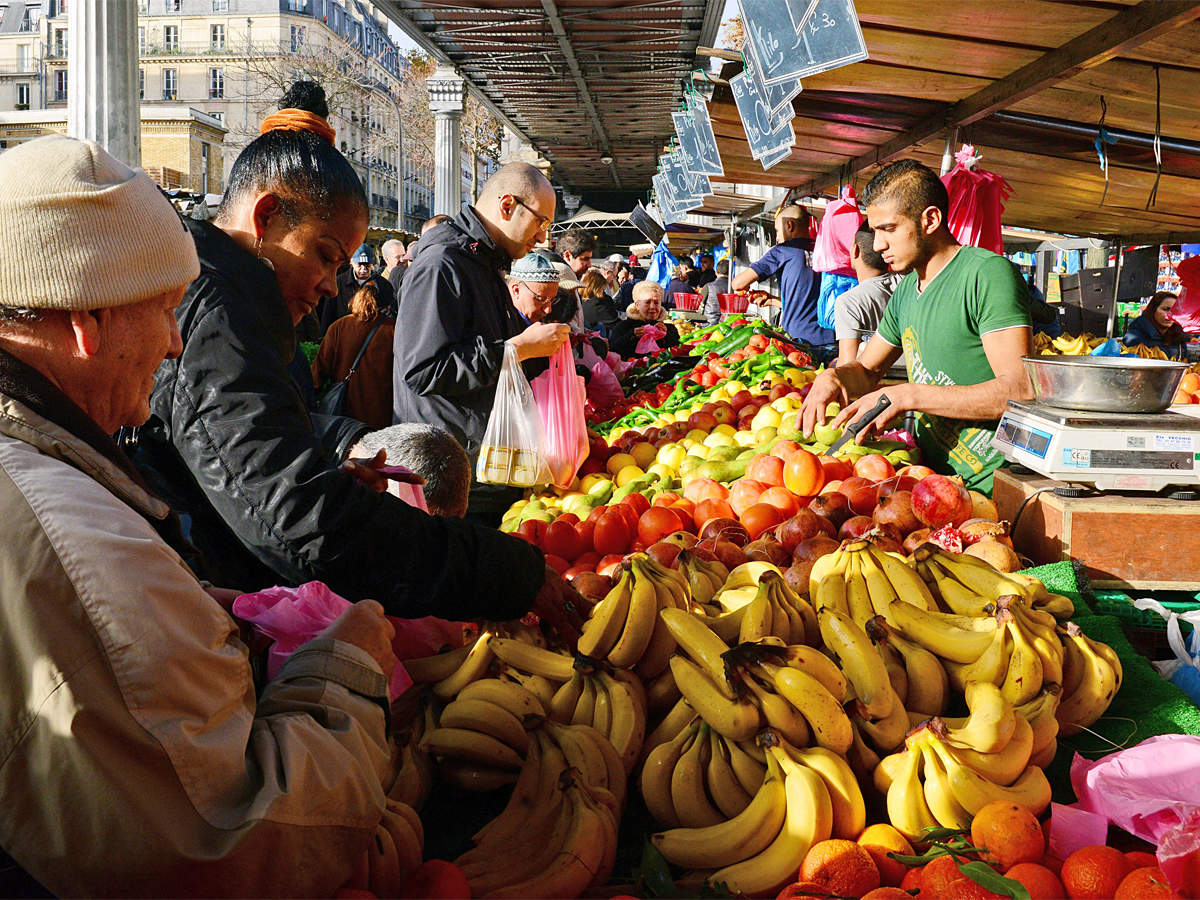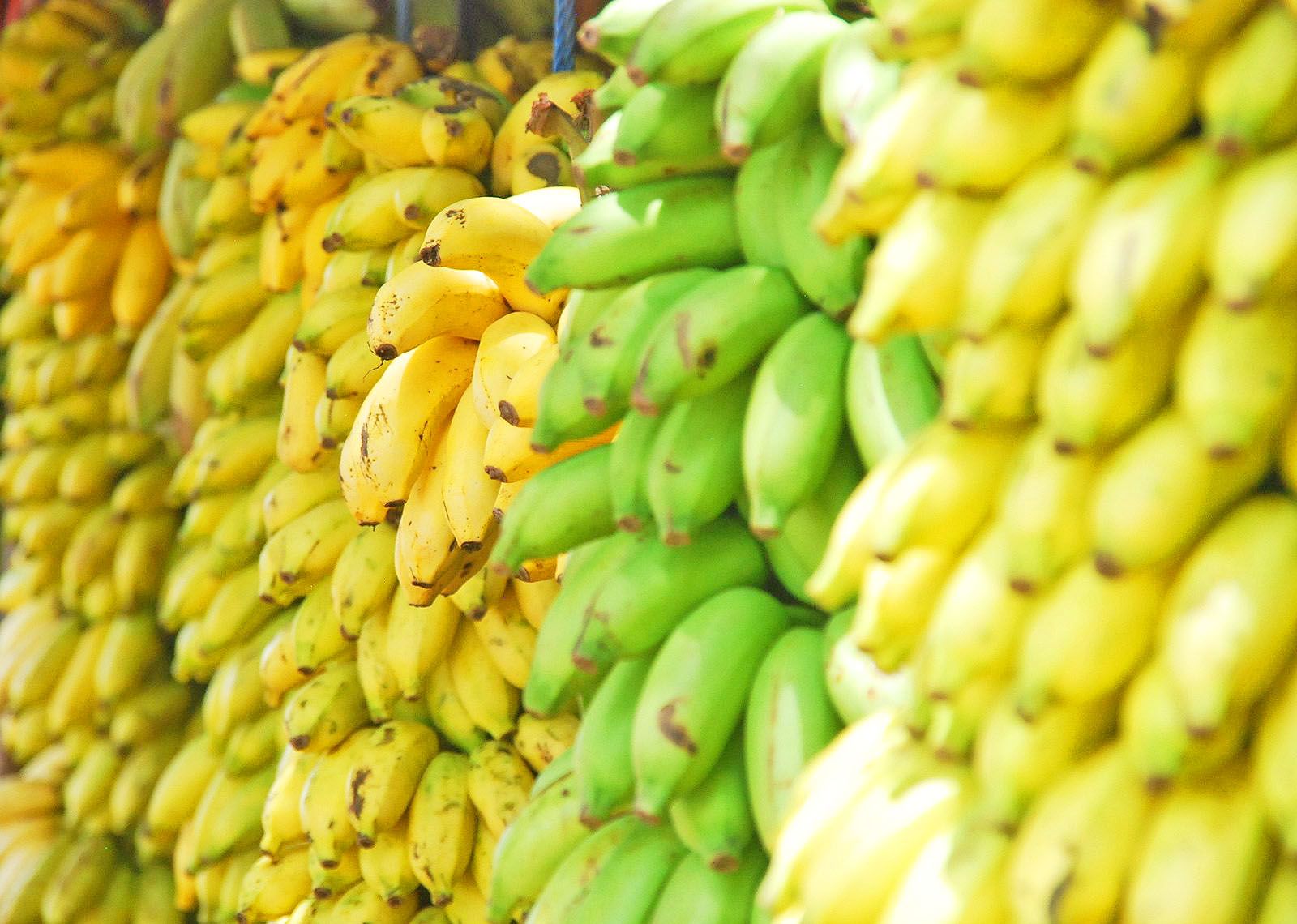 News
, Technology
, Business
, Other
News
, Technology
, Business
, Other
How e-trading in fruits, vegetables can help farmers beat canny middlemen
Around 3.30 am every day when Bengaluru is still fast asleep, the Agriculture Produce Market Committee (APMC) yard in Yeshwanthpur is abuzz. The largest agriculture produce yard in the state, it is spread over 86 acres in the northwestern part of the city.
The over 200 vegetable mandis at the yard are already a beehive of activity. Much of the fruits and vegetables consumed by Bengaluru — through retail shops, pushcarts or restaurants — pass through this wholesale market.
S Ramesh, a farmer in his mid-50s has travelled all the way from Nagamangala, a town in Mandya district, about 120 km from Bengaluru. He arrived at the market the previous night with a truckload of capsicum grown on his farm. In the absence of a resting place in the cramped mandi, Ramesh and the truck driver take a nap in the truck before they start the day. The auction is yet to begin. Vegetable farmers like him live on hope and prayer. Price fluctuation can make their day or break them.
When the clock strikes 4, the auction begins in hushed tones. While produce such as onion, potato, grains and pulses are auctioned on an electronic platform, perishable commodities like vegetables are auctioned in the traditional method
The auction of vegetables is dominated by traders who are also commission agents. Yeshwanthpur APMC officials put the number of licensed commission agents/ traders at around 180. But the local mandi owners say the number is twice as that, about half of them being unlicensed staying off the radar.
A FUTILE WAIT
Bidding takes place in whispers. There are no loud announcements akin to competitive bidding. Farmers either sell their produce to their regular agents or wait for the one who quotes a better price. But in a yard governed by the agents, waiting for a better price appears futile.
By 5 am, Ramesh has sold his capsicum at Rs 25 per kg. Of this, the commission agent takes a cut of Rs 5. “Fifteen days ago, capsicum sold at Rs 80 per kg. Look at the price today. There is absolutely no profit. Minus the production and transportation costs, all I get is a mere Rs 5 per kg,” he says.
He does not get his money straight away either. What he indeed gets is a slip of paper on which the agent scribbles the quantity he has bought and the price to be paid. Ramesh waits for the next four hours for the agent to sell the capsicum to a trader. It is only when the trader pays the agent that Ramesh gets his money and leaves the yard with the hope of getting a better price on his next visit.
The APMC yard sees a dramatic transformation by 7 am. By then, a majority of the farmers have sold their produce to avoid the “price fluctuation risk” (read: a fall in price) Byeregowda, a farmer from Tubagere in Chikkaballapur, who came with brinjal and chilli grown on his farm, made the mistake of waiting for a better price. At 7 am, his sacks are still lying untouched. “I hoped it would fetch a better price. But looks like it will plunge further,” he says.
B Gangadharappa, an agent, says the best time for a farmer to sell his produce is between 4 am and 7 am. “The price will only see a downward trend thereafter. Farmers generally don’t take the risk. They will just sell their produce for whatever price is quoted before the clock strikes 7,” he says.
AGENT MONOPOLY
The truth behind this statement is that agents have monopolised the trade, forcing the desperate farmer sell his produce to whatever price is offered.
Once the farmer-to-agent auctioning is over, the yard wears a different look. It turns loud and noisy with agents selling the produce to traders, retailers, hoteliers and vegetable vendors. The rates quoted for the produce see a huge jump in a matter of 2-3 hours.
The agent sells Ramesh’s capsicums to a trader after taking his cut. The price game continues with the trader selling the produce to the retailer at Rs 45 per kg, making a clean cut of Rs 20 per kg. The capsicum reaches the consumer through the retailer but the price the former pays is around Rs 80 per kg. The retailer too has made a Rs 10-15 per kg for himself.
All this happens right under the nose of APMC officials who collect a daily cess from the licensed traders. “You cannot do away with the commission agents who are part and parcel of this system. But all that can be done is to regulate price,” says an officer at the APMC.
Farmers believe that the traders are indispensable. Farmers say they do not have the wherewithal to take their produce — given the quantities and the logistics of distribution — to the consumers or retailers.
A major chunk of vegetables and fruits in Bengaluru is distributed through two APMC yards — at Yeshwanthpur and Binnypet. This apart, there are four submarkets — in Chandapura, Dasanapura, Anekal and Jigani. While the transactions are governed by the Karnataka Agricultural Produce Marketing (Regulation) Act — a law that assures fare price to farmers as well as consumers — it also allows commission agents to be part of the trade.
PERISHABLES LEFT ALONE
The Karnataka government’s ambitious Rashtriya e-Market Services (ReMS), which uses farmer-friendly technology that publicises prices of commodities and conducts e-auctions, does not cover perishable produce. Karnataka is considered a pioneer in agricultural market reforms for bringing in this technology through a unified market platform (UMP).
The system, Manoj Rajan, CEO of ReMS says, has helped bring in transparency and price-discovery on notified storable commodities.
For instance, onion, potatoes, grain and cereal farmers at APMCs get SMSes announcing the prices. Vegetable and fruit farmers do not come under its ambit.
“We have forgotten the farmers and the consumers. A person earning an average salary becomes a victim of volatile pricing, especially in terms of perishables. The existing system neither benefits the farmer nor the consumer,” admits APMC Director Rajesh Gowda.
The challenge in bringing perishables into the e-trading platform is their short shelf life. “We need to build a robust supply chain with cold storage facilities, warehousing and alternative markets that can prevent agents from conning farmers,” Rajesh Gowda points out.
Former IAS officer R Ramaseshan, the vice-chairman on the ReMS board, believes that the existing problems cannot be solved by abolishing middlemen. “There need be some sort of intermediary. But then strict regulation is the key,” he says.
Ramaseshan, who was CMD of NCDEX that partnered with the state government to implement ReMS, believes that the price gap can be bridged if farmers are educated and if they clean and grade their produce. “In a haste to sell the produce, a majority of farmers do not clean and grade the yield. Whereas a trader grades the produce into different categories and sells the high grade produce for the highest price. This is where the farmer fails,” Ramaseshan says.
As a first step, ReMS is all set to introduce e-trading for tomatoes in the Kolar APMC. “Once we streamline the system, we will expand it to other places and to perishable commodities as well,” Manoj Rajan says.
Extending e-trading to perishable produce may not see easy passage. The first foreseeable hurdle would be the resistance from traders and agents whose importance the online system will diminish. What’s more, farmers themselves — given their perpetual debt and desperation — could be reluctant to wait for a better price.
source: https://economictimes.indiatimes.com/news/economy/agriculture/how-e-trading-in-fruits-vegetables-can-help-farmers-beat-canny-middlemen/articleshow/62078985.cms?from=mdr
 English
English 





